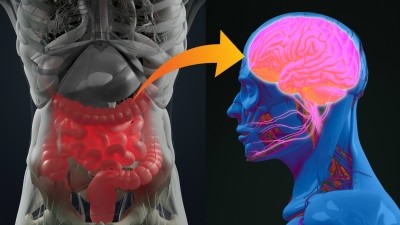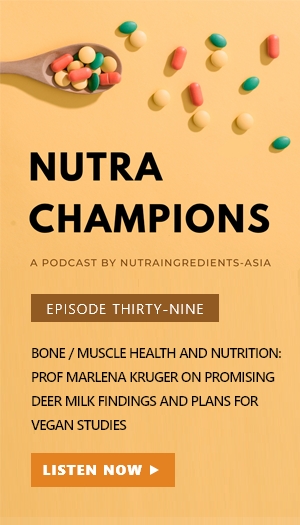Selenium's effects against metabolic diseases worthy of further research: HK review

An essential mineral that occurs naturally in water, soil, and certain types of food, selenium is regarded as one of the human body’s necessary trace elements, thanks to its antioxidant properties.
Furthermore, even though the human body requires only a trace amount of selenium a day, recent studies have shown that it can help to maintain normal metabolic functions.
Supplementary observations
Based on this, researchers at the University of Hong Kong conducted a systematic review of the antioxidant activity of nutritional selenium supplementation when it came to managing major chronic metabolic disorders, such as hyperglycaemia, hyperlipidaemia and hyperphenylalaninemia.
They also assessed the clinical significance of selenium deficiency in patients suffering from chronic metabolic diseases, and took into account experimental and clinical observations of dietary selenium supplementation's effects on such diseases, including arteriosclerosis, diabetes and phenylketonuria.
Selenium's antioxidant mechanism of action was hypothesised by examining how molecular networks interacted, and then predicting the target protein — such as xanthine dehydrogenase — in a range of diseases.
The researchers further stated that in the case of metabolic diseases, selenium-related proteins might interact with xanthine metabolism and superoxide-producing enzymes.
They wrote: "Supplementation of selenium may improve atherosclerosis, hypercholesterolemia, type 1 diabetes mellitus, and phenylketonuria, but its action remains controversial for type 2 diabetes mellitus.
"While regulation of hyperphenylalaninemia may go through an independent mechanism, hyperglycaemia and hyperlipidaemia may have shared mechanisms with a series of common genes involved," they added.
Toxic difference
At the same time, factors such as the toxicity and recommended dose of selenium supplementation were discussed in the review: the window of selenium between a beneficial and a toxic dose, the researchers said, must be defined in order to recommend the correct amount to administer.
A high dose of selenium has been shown to cause toxicity, and the dose and form of selenium given to metabolic disease patients should be standardised by official guidelines.
They added theat long-term follow-up was necessary to determine the safety and efficacy of selenium supplementation in alleviating metabolic disorders.
They concluded: "Our study indicates the therapeutic potential of selenium supplementation as an antioxidant in the treatment of metabolic disorders.
"Highlighting the beneficial role of selenium in this review would advance our knowledge of the dietary management of chronic metabolic diseases."
Source: Hindawi
https://doi.org/10.1155/2017/7478523
"Supplementation of Micronutrient Selenium in Metabolic Diseases: Its Role as an Antioxidant"
Authors: Ning Wang, et al.












